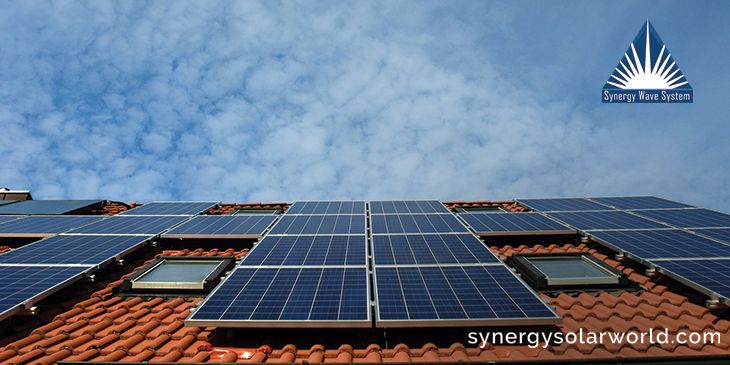Synergy Wave System

Solar Lightning System to protect your plant
Solar Lightning System to protect your plant
Lightning is a widespread phenomenon that affects PV and wind-electric systems. The surge created from lightning often strikes from a long-distance, and sometimes from the clouds. A Solar EPC company in Gurgaon would generally take necessary considerations and provide essential protection for the power plant. Here are a few of the cost-effective methods adopted by power system installers. This would enable you to protect the system against lightning damage.
Grounding
Grounding is a primary technique to avoid lightning damage. A surge cannot be stopped, but it can be given a proper path to ground. This way the surge gets diverted from your valuable instrument, and released securely into the earth. The types of systems that are designed for protection are: Lightning arresters and Surge protectors. But, such devices are not replacements for proper grounding. They operate in combination with constructive grounding. It is essential to install a grounding system before or during the installation of power wiring.
Ground Rods
Connecting to the earth is a delicate part of most installations. In order to ground rods, bury or hammer one of the non-corrosive, conductive metals (usually copper) into the earth. Ensure that its surface area touches conductive soil (moist part). As a result, when a lightning surge or static electricity approaches, the electrons can unload into the ground with minimum resistance. If you want to know about the best grounding technique for your region, take guidance from your electrical examiner during the system’s design period.
Grounding Power Circuits
As per the NEC, it is necessary to connect one side of a DC power system with the ground. The DC negative and AC neutral should be joined to ground only at one point in their specific systems. Both of them should also be bonded to the same point in a grounding system. This is undertaken in the central power panel.
But there are some stand-alone systems such as solar water pumps and radio repeaters that do not recommend power circuit grounding. It is advisable to check the instruction manual of the manufacturer for relevant guidelines.
Array Wiring and Twisted Pair Method
Wire of minimal length should be inserted in the metal framework for array wiring. Both positive and negative ones should have the same length, and be extended together if possible. For metal conduit (grounded), bury lengthy outdoor cable runs instead of running them above. A minimum of a 100-feet wire run acts like an antenna to get surges even from clouds during lightning.
Twisted pair method is an easy strategy that aids in equalizing and counteracting voltages produced between conductors. Use a twisted-pair wire for transmission or control cables. Ground the shield of cable and drain wire only at a single end. This will remove the possibility of developing a ground loop in the wiring.
Lightning Arresters
Lightning or surge arresters are made to captivate voltage spikes generated by electrical storms, and allow the surge to successfully bypass the power wiring and equipment. It is necessary to install surge protectors at both ends of a long cable run that is attached to any portion of your system. Arresters are designed for several AC and DC voltages. Ensure that you have proper arresters for the solar lightning system.
Lightning Rods
Lightning rods are the static discharge gadgets positioned overhead buildings and solar-electric arrays while connected to the earth. They are designed to block the increase of static charge and resulting ionization of the atmosphere around. They can enable the prevention of a strike, as well as give a path for high current for grounding in an occurrence of a strike. The latest devices come in spike shapes with several points.
Lightning rods are usually used at locations that undergo intense electrical storms. If this is the category that your site falls into, you can hire an experienced contractor for lightning protection. Consulting with a lightning protection expert before installing the system is another option in case your system installer is less qualified.
The Last Words
A lot lies underneath and needs to be revealed when it comes to lightning protection work. It should be communicated during the contract. To get consultation about installing the system correctly, Synergy Wave System LLP is here to assist you further.
